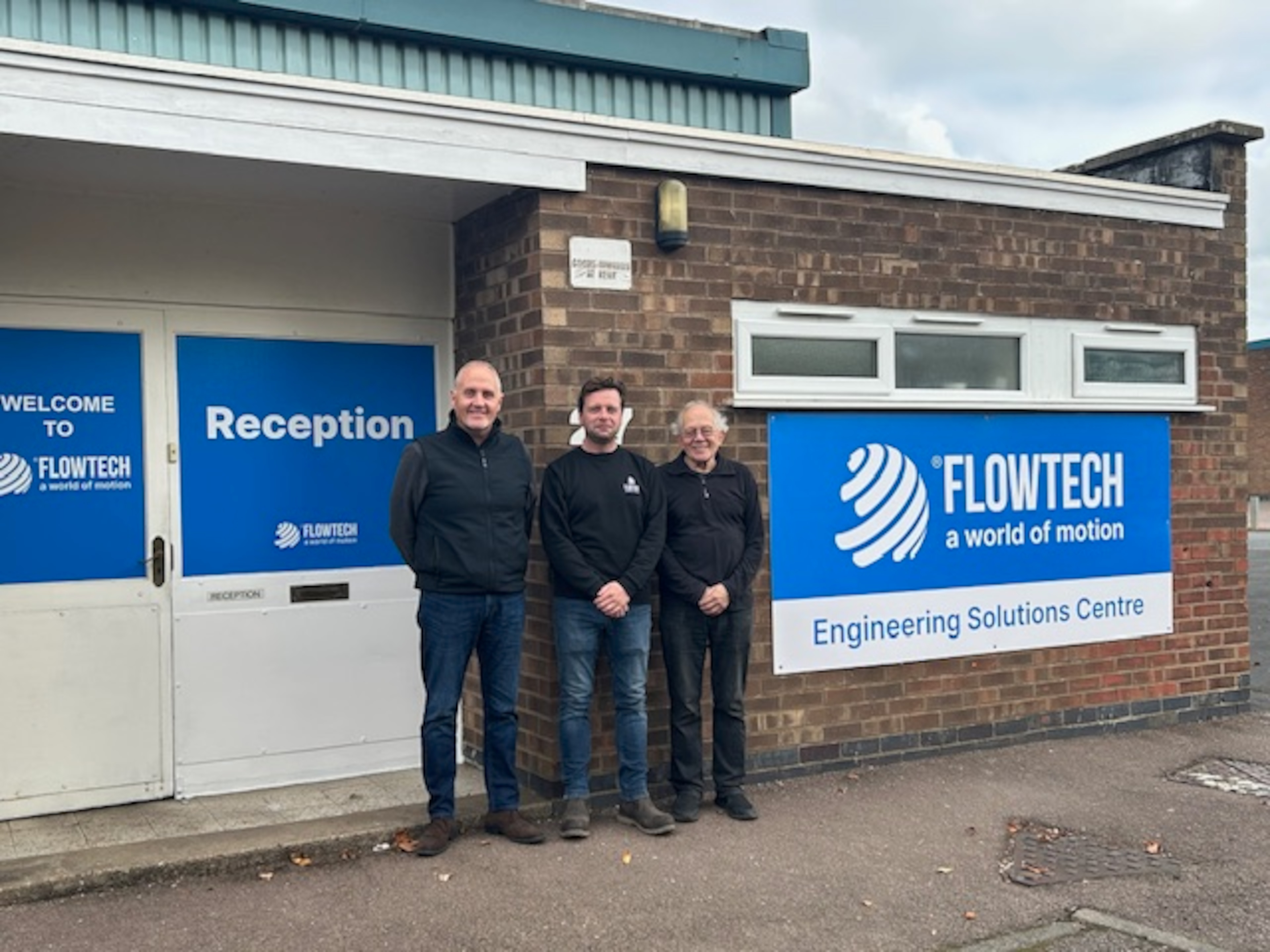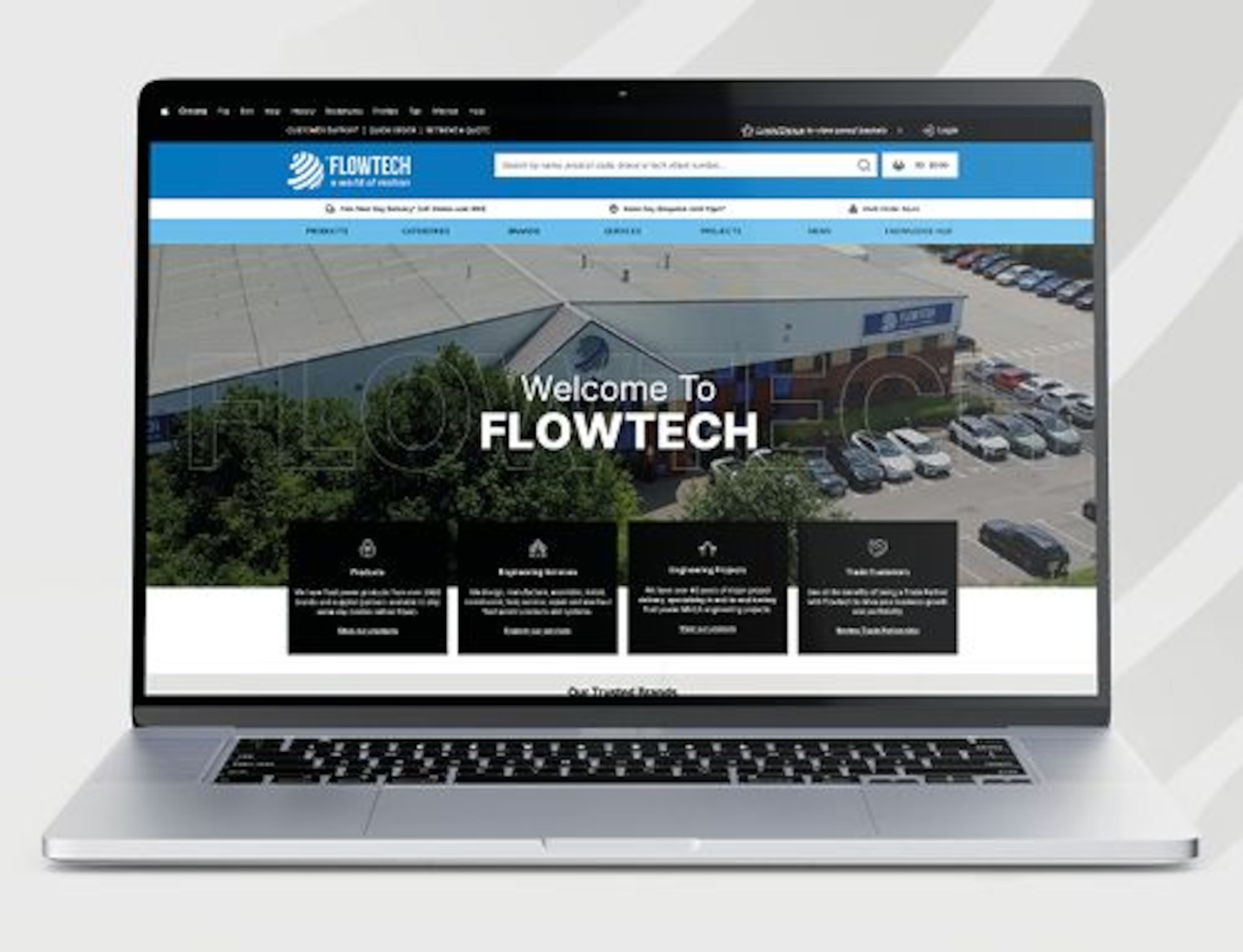
Flowtech CEO featured in McKinsey & Company State of Distribution 2025 Survey

Flowtech
Mike England (pictured) was recently featured in McKinsey and Company’s ‘State of Distribution 2025 Survey’, where he was interviewed on the subject of ‘The Value of Human Interaction in Distribution’.
Full transcript of the interview as follows:
Distributors are continually seeking ways to add value in a dynamic, shifting landscape. Against the backdrop of digital transformation and automation, human interaction is increasingly tied to customer satisfaction. Companies that balance digital efficiency with genuine personal interaction may be better positioned to meet the diverse needs of clients.
This conversation with Flowtech CEO Mike England is part of a senior executive interview series that highlights key insights from the upcoming McKinsey & Company State of Distribution report.
McKinsey: What is your vision for how digital sales channels and AI will reshape your go-to-market strategy, and what are the most critical capabilities your organization must build to unlock their full potential?
Mike England: I recently attended a customer experience event where survey findings were presented that have basically reset the touchpoints on what is driving customer satisfaction. The research surveyed 5,000 consumers, spanning 9,500 experience evaluations, and found that 80 percent of respondents feel that customer service is becoming too automated and impersonal.
This tells me a few things: First, multichannel beats single channel—without doubt, multichannel is the way forward. Second, human interaction drives improved customer satisfaction. Meaning that if you're only a digital player now and you don't have a great personal touch, you won't win in the future. So, there’s a shift back toward human touch. As McKinsey B2B research has continually demonstrated, one-third of customers want pure-play digital, one-third of customers want omnichannel, and one-third of customers just want to speak to someone. When you think about it, that means two-thirds of customers still value speaking to or interacting with a real person during their search, buying, and service journey.
AI is interesting because, in the research, only 6 percent of customers today believe that AI is helpful within the actual customer experience. The area where I think AI will be the most beneficial is in personalization. The more data we can collect about our customers within a customer data platform, the more we can personalize an experience that is relevant to them, and in doing so, improve their overall experience and satisfaction.
McKinsey: How are you navigating the rise of direct-to-consumer (D2C) channels to capture growth opportunities while managing the potential disruption to your existing ecosystem of distributors and partners?
Mike England: The markets have been in a downward spiral since the start of 2023, with continued destocking, market volatility, and geopolitical unrest—to name but a few impacts. Consequently, there is increased cost pressure on companies due to market contraction.
Price pressure upsets the careful balance of markets which creates challenges for original equipment manufacturers (OEMs) because their margins are tighter. It also creates challenges for distributors and service providers as customers become far more price orientated. Those companies that can hold their nerve and continue to focus on value creation over price alone, will win out in the longer term. For others, there is a danger of a race to the bottom.
On the other hand, digitization means suppliers can now reach a wider audience, for example by setting up websites, along with a wide range of distributors that are shifting into the digital domain. This creates greater choice for customers. The blurring of regional boundaries and greater cross-border supply can disrupt local market pricing and supply chains. That said, ease of doing business combined with high stock availability, and superior service levels will continue to be defining factors in customer decision making.
We are increasingly seeing suppliers shift more toward a 50-50 split between direct supply and distribution. In recognition, perhaps, of the perception that during Covid-19 the markets become far too proliferated, there is now a return to a more balanced approach—playing to the combined strengths of the supplier and distributor, particularly when thinking about cost to serve. Careful selection and partnerships will be increasingly important as there are blurring lines between digital distributors, generalists, and integrators. Suppliers’ confidence in protecting and growing their install base will remain a key driver in developing such partnerships in the channel.
McKinsey: How are you evolving your pricing strategy to balance customer expectations, competitive pressures, and the growing importance of sustainability and diversity as differentiators?
Mike England: Given the challenging market headwinds, customers are sensitive to transactional pricing and all areas of cost management. I think we have to be more sophisticated, through AI and digital means, around personalization on price. Indeed, we need to help customers understand, measure, and reduce their total cost of procurement. When transactional price becomes a key driver, the hidden costs of procurement for companies—such as the cost of quoting, raising a purchase order, delivery, stock, or the cost of poor service—is often forgotten. Yet the combination of these costs, especially in B2B, often outweigh the actual price of the product. As you move up the value curve and add more value, price sensitivity decreases because customers would rather be given complete solutions—and they are willing to pay for them as long as they are able to quantify the overall cost benefits involved.
On sustainability and diversity, I’d say there's still a lot of greenwashing. A lot of companies profess they’ve got sustainable products, but this may not be the case. I think customers, especially industrial B2B clients, care less about labels and more about solutions that help run their plants more cost effectively. I am not saying it’s not important to promote and develop sustainable product strategies. This is something close to my heart. However, it is important to strike the right balance between the drive to increase sustainable products and solutions with the ability to directly transfer this into measurable benefits at the coal face. This, more often than not, can have a positive or negative impact on the P&L which will remain a key consideration. Enabling sustainable solutions which deliver positive P&L impact is where the tire hits the tarmac.
McKinsey: What bold moves are you making to future-proof your workforce, ensuring your organization attracts, retains, and upskills top talent in the face of technological disruption and geopolitical uncertainty?
Mike England: Expectations around the labor market have shifted exponentially in recent years. Hiring young people who want to come to the workplace, not work remotely, and be part of a high-performing team can be challenging. There is an aging workforce in the market and finding skilled, motivated talent is more difficult now. We’re very supportive of apprenticeships and graduate programs to attract young and diverse people. Equally, building in-house learning and development is key.
We’re also focused on building core digital and operational skills throughout the company. Without that, you don’t have the foundation to run the business effectively, at scale. Entry-level staff require product knowledge, but the most challenging people to find right now are the more highly skilled design and engineering talent. Importantly, you need experienced mentors to guide young hires, which is where the real challenge lies.
For technical and engineering talent, really, the only way we can materially expand and grow at the rate we want is through developing our own in-house talent and expanding capability via acquisition. Part of acquisition is going to be about bringing enhanced knowledge and technical capability into the business. This can be a real source of acceleration. It’s also a great way to cross pollinate experience and talent so that everyone can play their part in upskilling and supporting personal growth.

.jpg)






.png)
.jpg)
